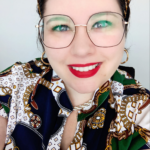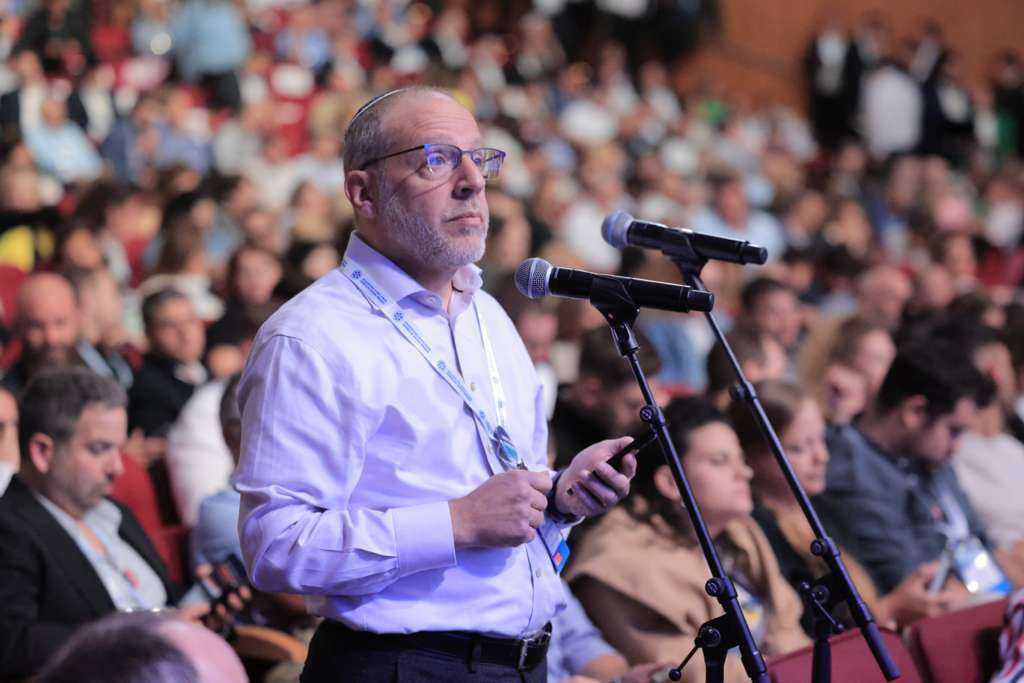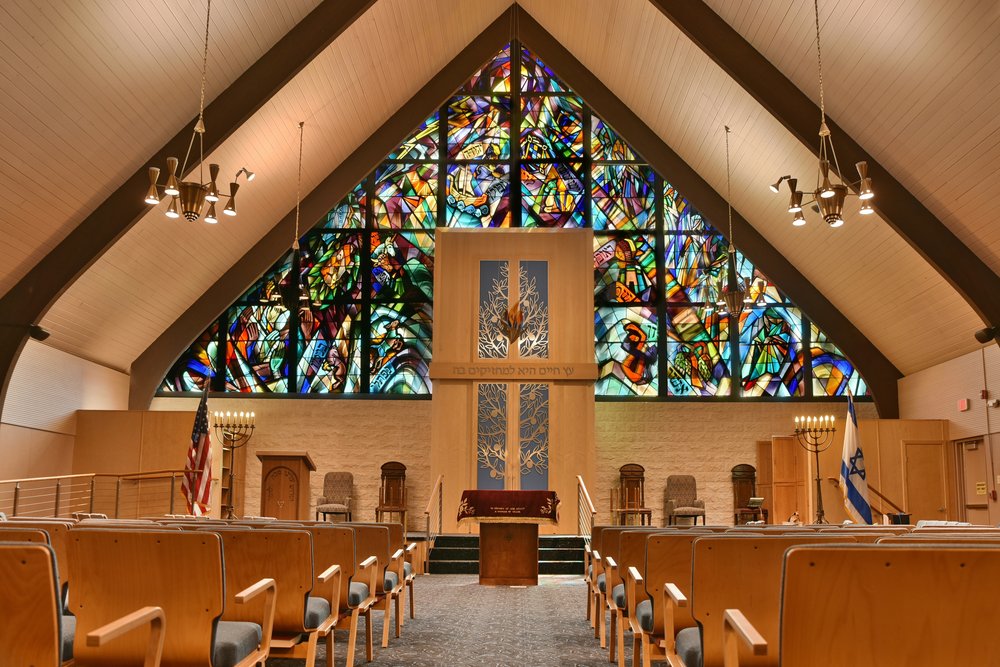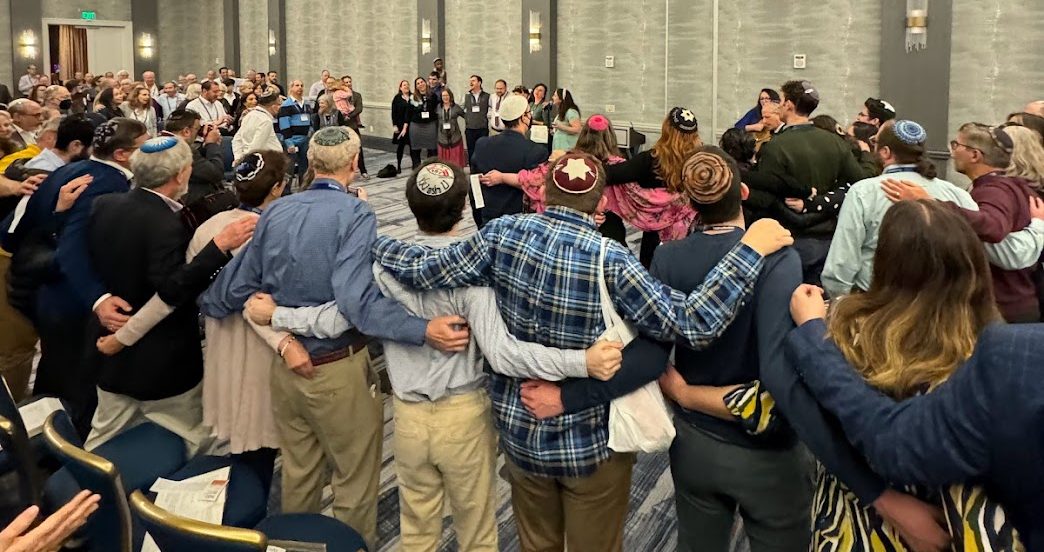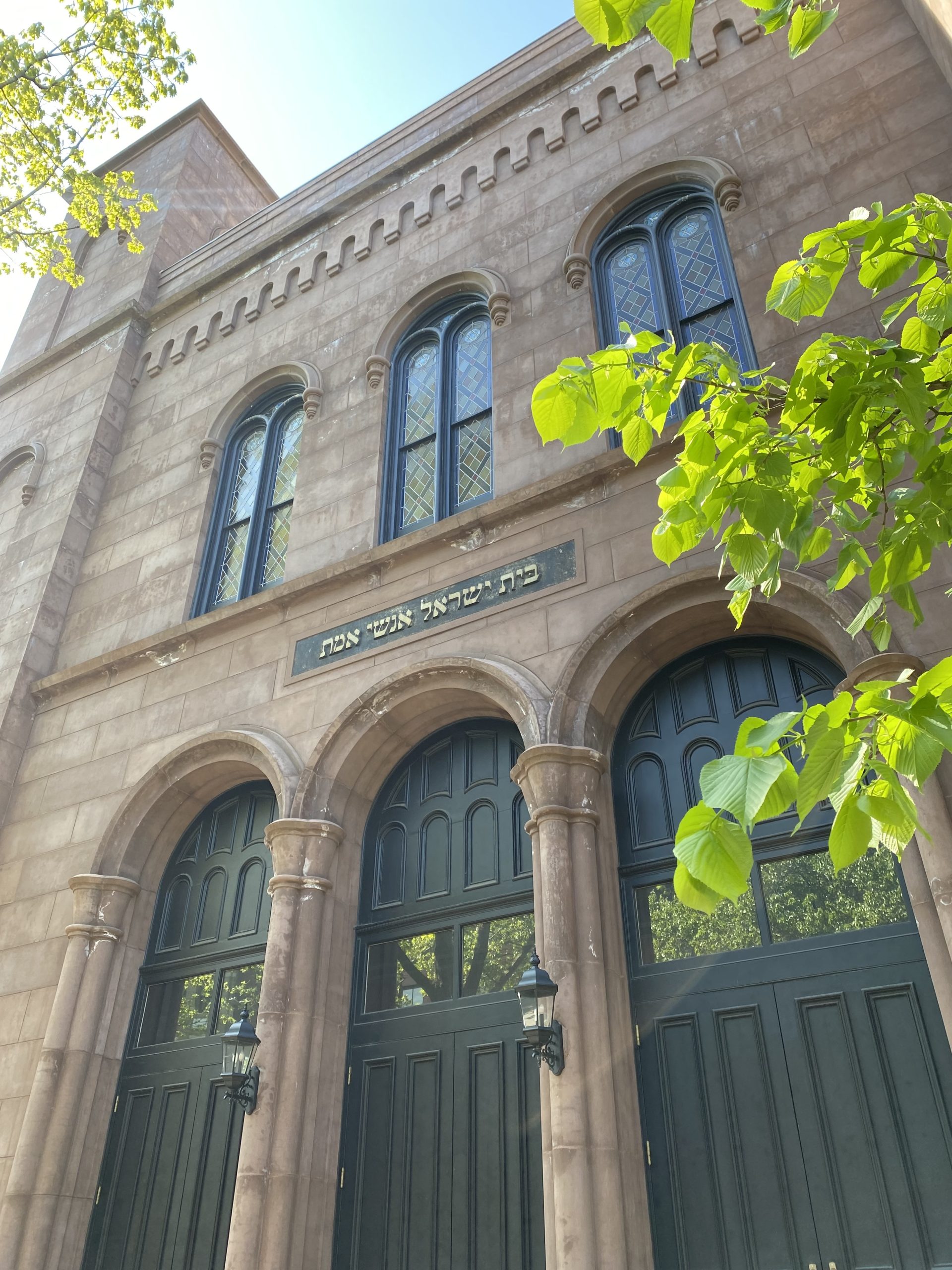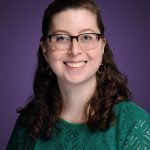
*Order your USCJ calendar here!
When asked how she prepared for her first year as president of North Suburban Synagogue Beth El (NSSBE) in Highland Park, IL, Marla Grossberg turned around and pulled a binder off the shelf behind her desk.
“This is my Sulam notebook,” she said. “I keep it right here, in arm’s reach.”
Grossberg participated in USCJ’s flagship leadership program Sulam for Presidents before her term began. She especially enjoyed the goal-setting session and the session on determining her leadership style.
“I kept the Sulam leadership assessment quiz out on my desk for months,” Grossberg said. “It helped me identify my strengths and opportunities for self-awareness.”
After the retreat, Grossberg brought the energy and excitement back to her executive board. She met individually with each board member and many staff members to brainstorm and dream together.
“I haven’t even come close to using everything Sulam gave me,” she said. “There’s so much more I haven’t even got to yet.”
She said before her term started and before she participated in Sulam, she had no idea if she could make an impact as a synagogue leader.
“You’re coming into something already baked,” she said. “But I didn’t want to just hold the ball until the next president came along. I wanted to do something, even if it was small.”
Even holding a multi-page list of accomplishments, Grossberg had a humble tone. In her first year as president of NSSBE, she took on enormous challenges and ensured the congregation emerged stronger than ever.
“I work in marketing and I have some office management skills,” Grossberg said. “So I decided I wanted to use my skills to make operations more efficient. Then we also had some goals around membership, fundraising, and facility maintenance.”
Her initial goals were paused as NSSBE quickly lost three key staff members: the executive director, the controller, and the development director all left for other opportunities around the same period as Grossberg taking office. All four clergy contracts came up for negotiation within the first year, as well.
“I decided to look at it as an opportunity,” Grossberg said. “It was tough to go through, it really was, but it was a good opportunity to restructure our professional leadership and organize ourselves for the future.”
Grossberg said she used USCJ’s compensation survey and the wise counsel of Mindy Block Gordon, USCJ’s synagogue consultant for the Central district.
“Mindy was instrumental in making our negotiations win-win for everyone,” Grossberg said. “She was part teacher, part social worker, part counselor… We couldn’t have done this without her.”
Next, Grossberg decided to clean up NSSBE’s database records to get a full picture of the membership base, which she estimated was around 1,000 households. The leaders overseeing the project, Membership VP Irene Savine and staffer Kathy Stinson, discovered that the records were in disarray, with no differentiation between paid, complimentary, and lapsed members. They also found that the number of paid members had experienced attrition over the past several years.
“Every year, sadly, older members pass away, and that contributes to the attrition,” said Grossberg. “So first we have to replace the numbers who pass away or move away before we can even think about net growth.”
Grossberg created a three-pronged approach to flattening the churn of members. First, to retain the loyal core who consistently engage with the synagogue, about 10% of the total members, through developing new programs and ritual opportunities. Second, to engage the rest of the membership base, the “High Holidays members” who only engage for major holidays and lifecycle events, by creating new programming outside of services and empowering the membership committee to do direct personal outreach. Finally, to begin marketing to potential new members through offering a referral credit to current members and advertising in My Jewish Chicago, the local Jewish magazine by JUF.
“We’re willing to try everything to re-engage our current members,” she said. “We’ve hosted exercise classes. We’ve had Shabbat family dinners. We even literally flew to Florida to visit our ‘snowbird’ members during the winter.”
In conjunction with membership, NSSBE wanted to reinvigorate ritual life at the synagogue. They commissioned a new Torah scroll that was lighter for greater accessibility in carrying and had clearer lettering for easier reading. Each donor adopted a letter, an aliyah, or a parasha in the new Torah scroll – and they are now notified when “their” section will be read again. The congregation also created “Team Torah,” a ritual skills program to grow the Torah reader base, out of an existing committee dedicated to Torah reading skills.
NSSBE clergy taught a free Torah-chanting skills course to aspiring readers. Students were recruited from directly from daily minyan and weekly services, and broadly through synagogue communications.
In the first year of the program, NSSBE debuted 150 different Torah readers on the bimah. So far, the second year has yielded 50 more.
“When you read for the first time each Hebrew year, you get a Team Torah cookie,” Grossberg said. “It’s so silly, it’s just a cookie, but it’s weirdly motivating. The Rabbi makes a big deal out of handing over the cookie. It’s so fun and it makes people want to get involved.”
The influx of new readers has energized Shabbat services, she said. Team Torah graduates are recruited to read periodically, and they bring their family and friends with them. Teens are invited to come back to read again on the anniversary of their b’nai mitzvah, with full families in tow. Additionally, the gabbai recruits for aliyah honors ahead of each service to honor birthdays, anniversaries, and donors, prompting additional attendance.
“My next engagement plan is building the pipeline of shul volunteers,” she said.
Grossberg shared that the synagogue has not broadly recruited volunteers in quite some time. She is creating a plan to do outreach to members, particularly religious school volunteers whose children are aging out of the program, and convert them into regular synagogue volunteers.
As she enters her second year of leadership, Grossberg said she’s starting to see the fruits of her efforts. While entrenched in the daily life of running a synagogue, it takes stepping back to see the full array of accomplishments. Beyond attendance, membership, and new staff, Grossberg has also overseen facility improvements, fundraising efforts, and a robust new slate of programming.
When asked what advice Grossberg has for other synagogue leaders, she grinned. “My advice is to call USCJ!” she said. “I know I’m not taking advantage of even a percentage of the benefits USCJ offers to members… and yet what I have experienced has paid off tremendously. You couldn’t possibly take advantage of absolutely everything; there’s so, so much.”



